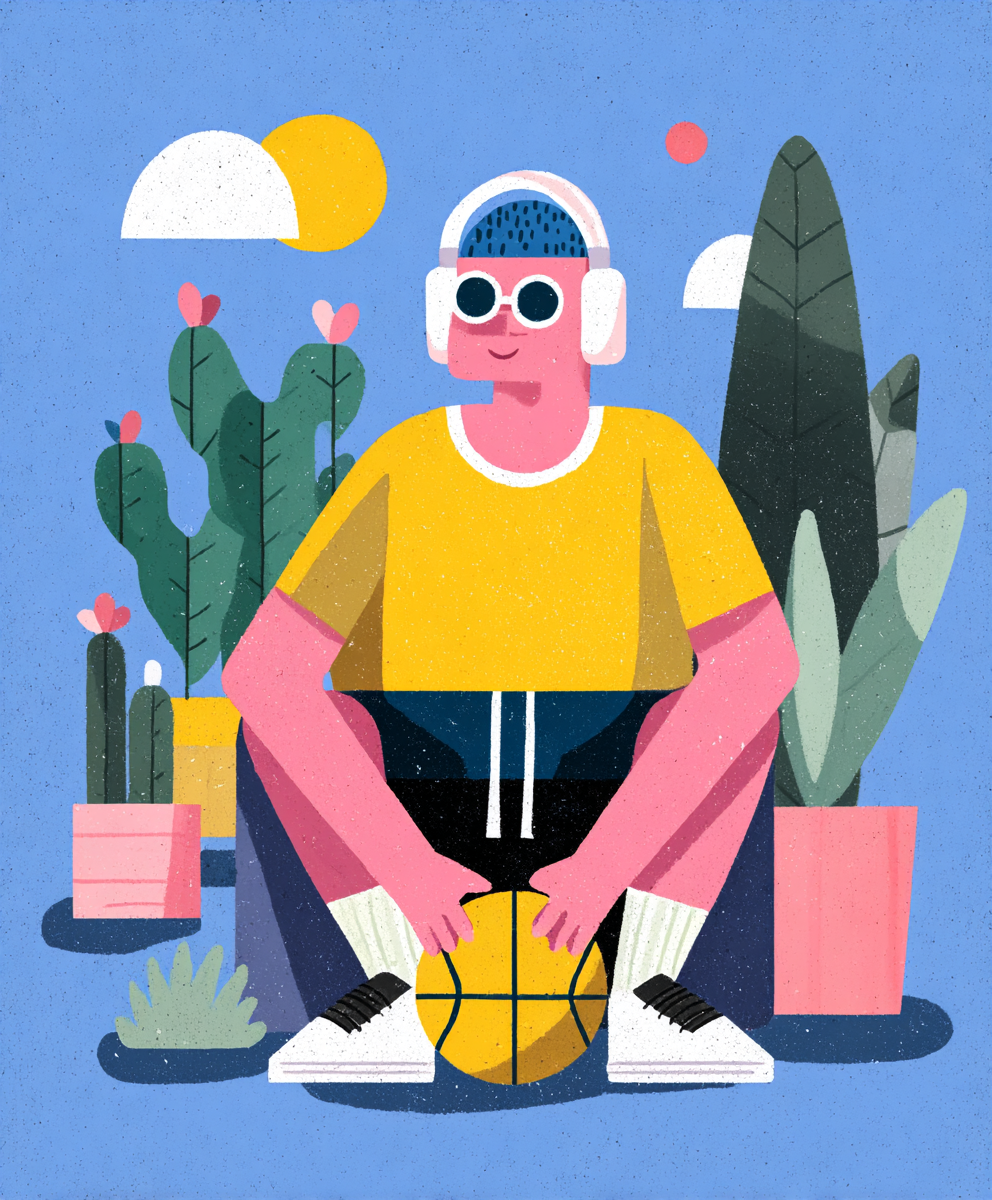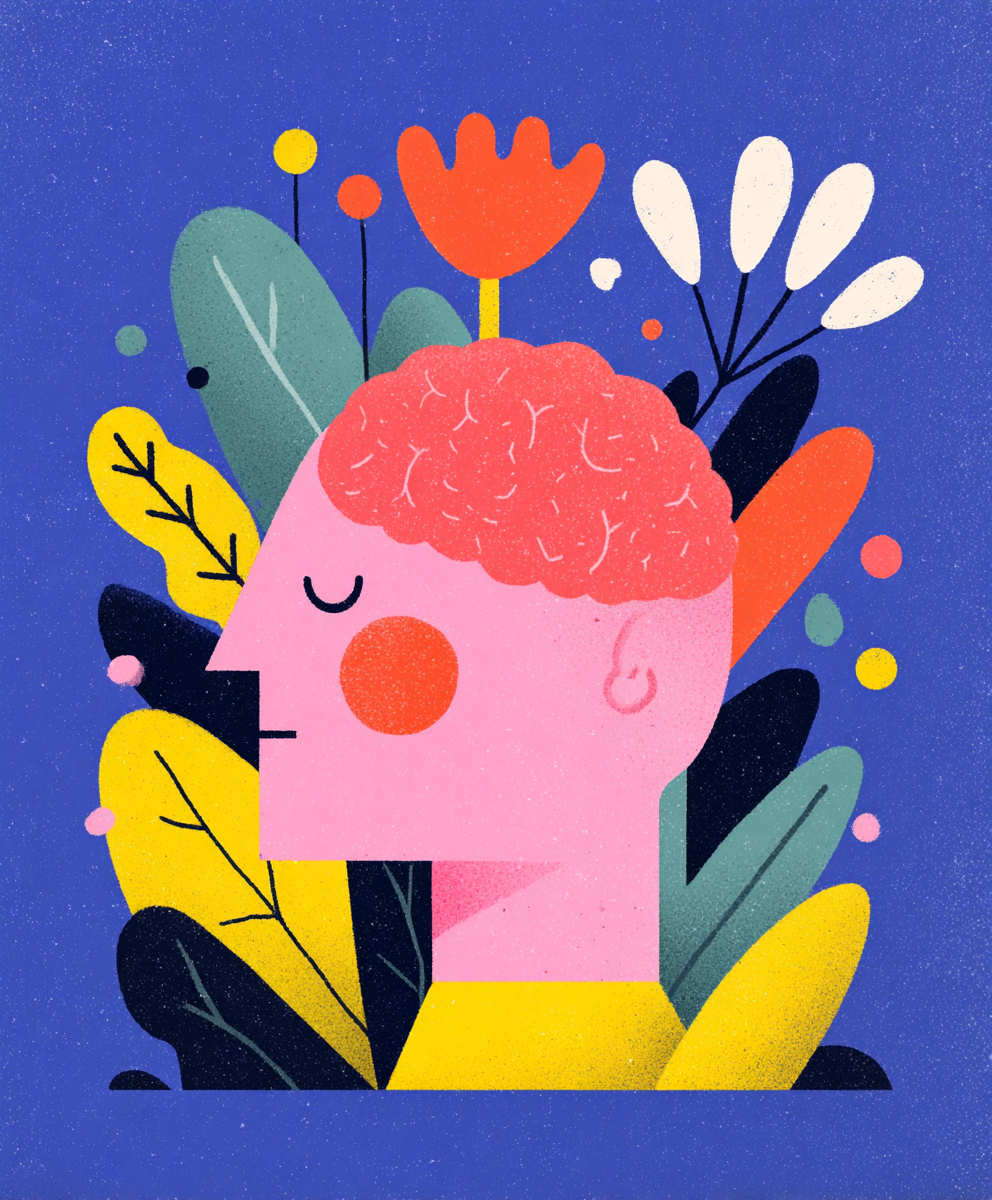Olympic athletes spend thousands of hours training.
But they don't just practice the technical skills.
They practice under the same pressure they'll face on game day.
Why? Because performing a skill in practice is completely different from performing it when everything's on the line.
Interviews are exactly the same.
You can know your answers perfectly. But if you haven't practiced under pressure, you'll freeze when it matters most.
The Practice-Performance Gap
In practice (low pressure):
- You're relaxed
- Your brain works normally
- You can access your knowledge easily
- Mistakes don't matter
In the real thing (high pressure):
- You're anxious
- Your stress response activates
- Your working memory crashes
- Every mistake feels catastrophic
The gap between these two states is ENORMOUS.
And if you only practice in low-pressure situations, you're not preparing for the actual challenge.
What Athletes Know That You Don't
Elite athletes use stress inoculation training—deliberately practicing under simulated pressure.
Examples:
- Basketball players practice free throws with crowd noise
- Gymnasts simulate competition conditions with judges watching
- Surgeons practice procedures under time pressure
- Military trains with live simulations
Why? Because the body's stress response needs training just like technical skills do.
Your first time performing under real pressure will be a disaster—unless you've practiced under simulated pressure first.
Related: The Amygdala Hijack - Why Your Brain Betrays You
The Stress Response You're Not Training For
When you walk into a real interview, your body does this:
- Heart rate increases (makes you shaky)
- Breathing shallow (reduces oxygen to brain)
- Cortisol floods your system (impairs memory)
- Amygdala activates (fight-or-flight mode)
- Prefrontal cortex shuts down (can't think clearly)
This is why you know the answer but can't say it.
Your body is designed to save you from physical threats—not help you articulate your career accomplishments.
The only way to train your stress response is to trigger it repeatedly in safe conditions.
How to Practice Under Pressure
Level 1: Add Time Constraints
Low pressure: "I'll practice this answer whenever I feel like it" Higher pressure: "I have 60 seconds to answer. Timer starts now."
Time pressure simulates the real interview where you can't ramble endlessly.
Level 2: Record Yourself
Low pressure: Practice without recording Higher pressure: Turn on your webcam and record
Why this increases pressure: You know you'll have to watch yourself. That self-consciousness mirrors interview anxiety.
Level 3: Practice Standing
Low pressure: Sit comfortably while practicing Higher pressure: Stand up, as if you're in a video interview
Physical discomfort = mild stress = better training for real conditions
Level 4: Add an Audience
Low pressure: Practice alone Higher pressure: Practice with someone watching (even if they don't give feedback)
Social evaluation is a core component of interview stress.
Level 5: Practice When Tired
Low pressure: Practice when you're fresh and rested Higher pressure: Practice at the end of a long day when you're exhausted
Why? Interviews don't always happen when you're at your best. Training when tired builds resilience.
Level 6: Unexpected Questions
Low pressure: Practice questions you've prepared for Higher pressure: Have someone throw random questions at you
Adaptability under pressure is a critical skill.
The Simulation Principle
Your practice should be HARDER than the real thing.
Why?
- If practice is easier, the real interview will shock your system
- If practice is harder, the real interview will feel manageable
Example from sports:
- Marathon runners train at higher altitudes (harder than race day)
- Football players practice with extra weight (harder than game conditions)
- Swimmers train with resistance bands (harder than competition)
For interviews:
- Practice with 60-second limit (harder than interview's loose timing)
- Practice with camera on and recording (harder than just talking)
- Practice multiple questions back-to-back (harder than spaced questions)
When the real interview is easier than your practice, you stay calm.
Stop Guessing. See Exactly How You Sound.
Reading about interviews won't help you. Speaking out loud will.
Get specific feedback on what's working and what's killing your chances. Know your blind spots before the real interview.
The Graduated Exposure Approach
Don't jump straight to maximum pressure. Build up gradually.
Week 1: Low-pressure practice
- Alone
- No recording
- No time limit
- Build the basics
Week 2: Medium-pressure practice
- Record yourself
- Add 90-second time limit
- Review your performance
Week 3: High-pressure practice
- Record with webcam
- 60-second time limit
- Someone watching (optional)
Week 4: Competition simulation
- Full mock interview
- All questions timed
- Someone evaluating you
- Treat it like the real thing
By Week 4, the real interview will feel familiar because you've trained under similar conditions.
Related: The Deliberate Practice System
The Exposure Therapy Effect
This is literally how therapists treat phobias and anxiety disorders: repeated exposure to the feared situation in a safe environment.
The process:
- First exposure: High anxiety
- Multiple exposures: Anxiety gradually decreases
- Many exposures: Anxiety becomes manageable
Same principle for interview anxiety:
- First simulated pressure: Awful, stumbling, panic
- 5th simulation: Still nervous but functioning
- 10th simulation: Nervous but competent
Your body learns: "I've survived this before. I can do it again."
Related: Overcoming Interview Anxiety
Why "Calm Practice" Doesn't Transfer
Some candidates think: "I'll practice in a calm, comfortable environment, and then I'll just be calm in the interview."
But stress doesn't work that way.
Calm practice builds:
- Content knowledge
- Answer structure
- Basic skills
But it DOESN'T build:
- Stress tolerance
- Performance under pressure
- Ability to think when nervous
You need BOTH types of practice:
- Calm practice to build the foundation
- Pressure practice to build stress resilience
The Mental Rehearsal Component
Elite athletes also use visualization under pressure.
The technique:
- Close your eyes
- Imagine the interview environment
- Feel the nervous energy
- See yourself delivering answers confidently despite the nerves
- Visualize handling unexpected questions calmly
This primes your brain: "When I feel this pressure, I respond THIS way."
But here's the key: This only works if you've actually practiced under pressure. You can't visualize something you've never done.
The Confidence That Comes from Pressure Training
Without pressure practice: "I hope I don't freeze. I hope I remember my answers. I hope I don't get too nervous."
With pressure practice: "I've done this 10 times under simulated pressure. I know I can handle it."
That's not hope. That's evidence-based confidence.
Related: The Confidence Equation
The Game-Day Readiness Test
How do you know if you're ready?
Ask yourself: Can you deliver your top 3 answers clearly and confidently:
- When you're tired?
- With a camera recording you?
- Under a 60-second time limit?
- With someone watching?
If no: You're not ready. More pressure practice needed.
If yes: You're ready. The real interview won't throw anything at you that you haven't already simulated.
The Bottom Line
Athletes don't just practice their sport. They practice performing their sport under game-day pressure.
Actors don't just rehearse lines. They rehearse delivering lines in front of an audience.
Surgeons don't just study procedures. They practice procedures under time pressure and complications.
You shouldn't just practice your interview answers. You should practice delivering them under pressure that simulates the real thing.
Because knowing what to say means nothing if you can't say it when your heart is racing and your brain is panicking.
The real interview is a performance. Train like a performer.
Related Reading:
- The Amygdala Hijack - Why Your Brain Betrays You
- The Deliberate Practice System
- Overcoming Interview Anxiety
- The Confidence Equation
Ready to practice under simulated pressure?
Try Revarta free - no signup required—timed sessions, recorded practice, real pressure training.
Because calm practice builds knowledge. Pressure practice builds performance.



